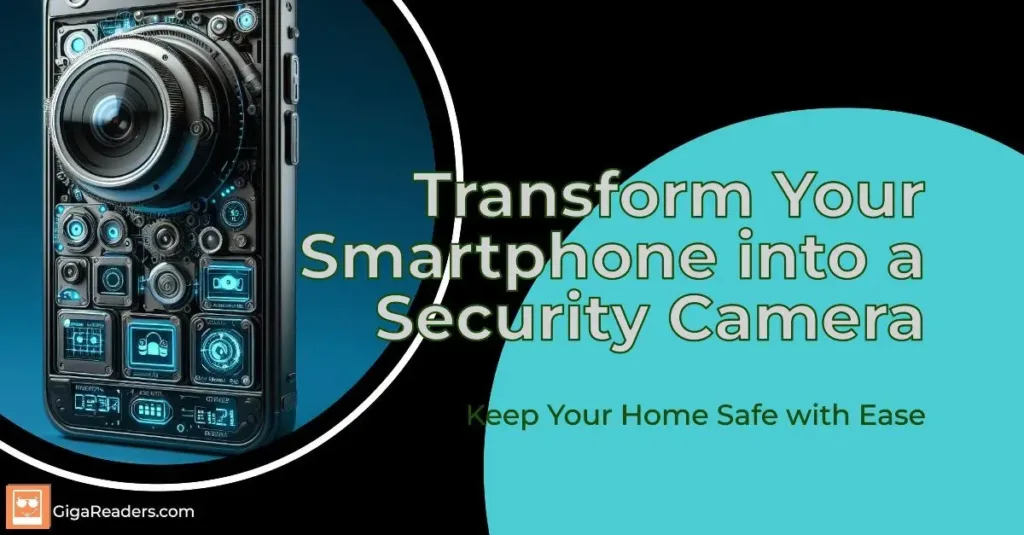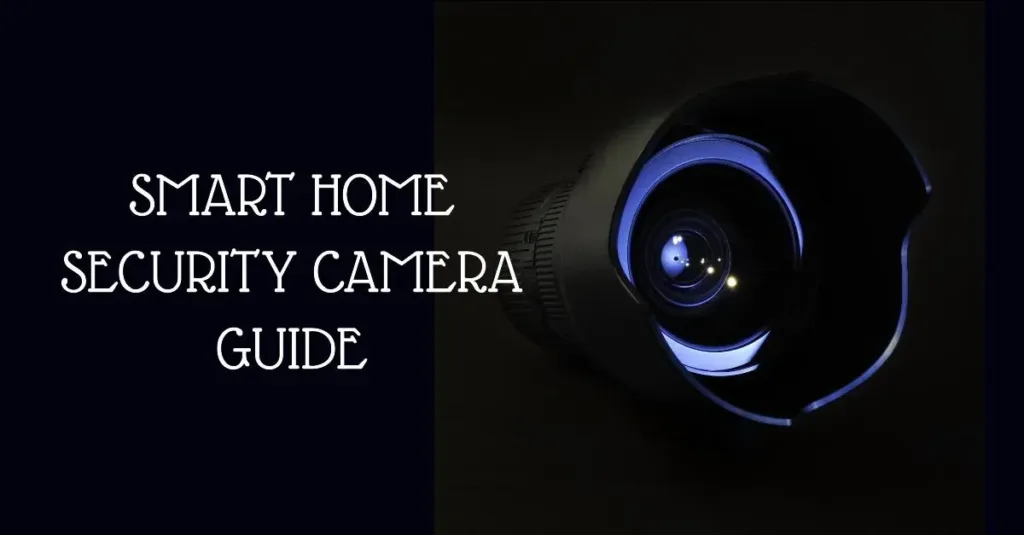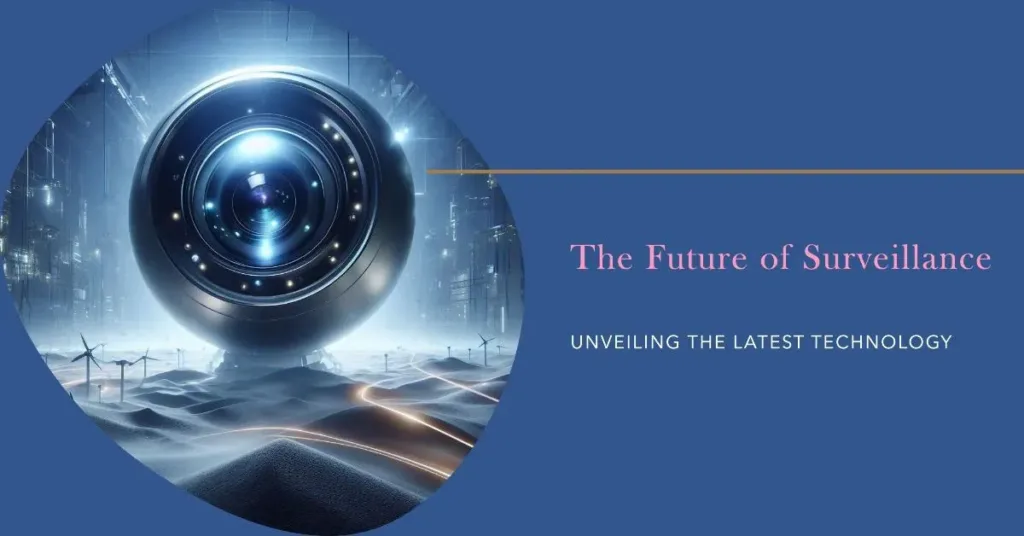Welcome to our comprehensive guide on Types of security cameras! Today, we’ll dive deep into the world of surveillance systems, exploring different types of cameras and their unique features, advantages, and ideal applications. Whether you are looking to secure your home, business, or any other space, understanding these aspects will help you choose the perfect security solution tailored to your needs. Let’s get started!

Table of Contents
- Dome Cameras: Discreet Design & Versatile Viewing
- Bullet Cameras: Long-Range Vision for Outdoors
- PTZ Cameras: Capture Dynamic Scenes & Track Movement
- Wireless Cameras: Flexibility Without Extensive Wiring
- Indoor Cameras: Blend Seamlessly Into Home or Office Decor
- Outdoor Cameras: Reliable Performance in Harsh Environments
- Thermal Cameras: Detect Heat Signatures for Low-Light Conditions
- Selecting the Right Camera System
- Popular Brands in the Industry
- Real-World Examples
- Conclusion
- FAQs
1. Dome Cameras: Discreet Design & Versatile Viewing
Domed-shaped security cameras are of types which offer several benefits, including a subtle appearance and a broad field of view. Their unobtrusive style makes them popular choices for numerous settings, from retail establishments and office buildings to public transportation and parking lots. Some notable features include vandal resistance, infrared night vision, and pan-tilt-zoom (PTZ) capabilities – all working together to ensure optimal coverage and protection.
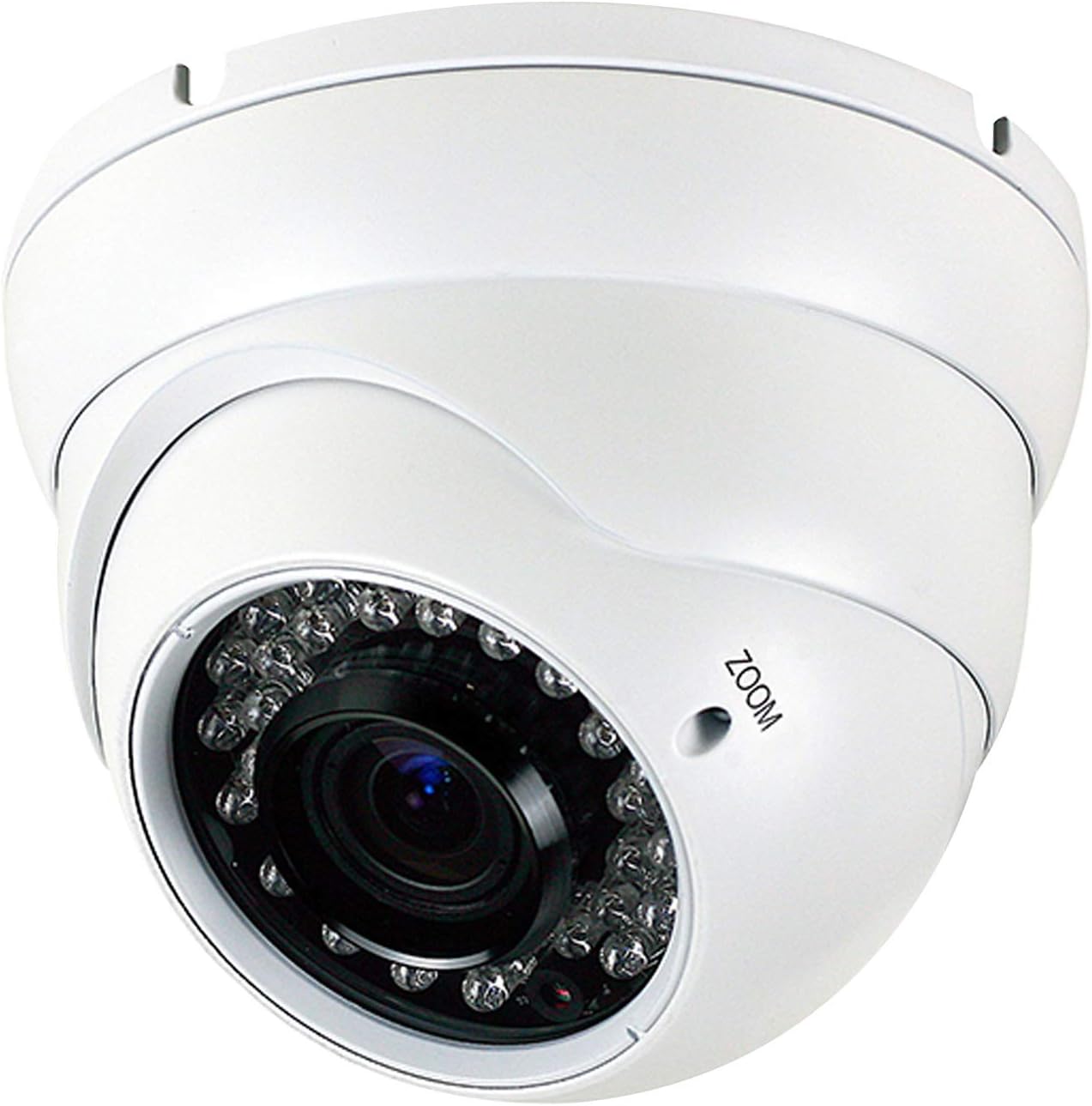
2. Bullet Cameras: Long-Range Vision for Outdoors
Cylindrically shaped, bullet cameras epitomize accuracy and durability among different camera types. They shine in situations demanding concentrated scrutiny, owing to their fixed or varifocal lenses. Constructed to brave harsh climatic conditions, these hardened sentinels stand steadfast amid rain, snow, intense sunlight, and wind gusts, setting themselves apart from other security cameras. Many flaunt integrated IR cut filters too, ensuring pristine color rendition during daylight and crisp black-and-white images after sunset, demonstrating how bullet cameras surpass alternative security camera types in adverse weather conditions.
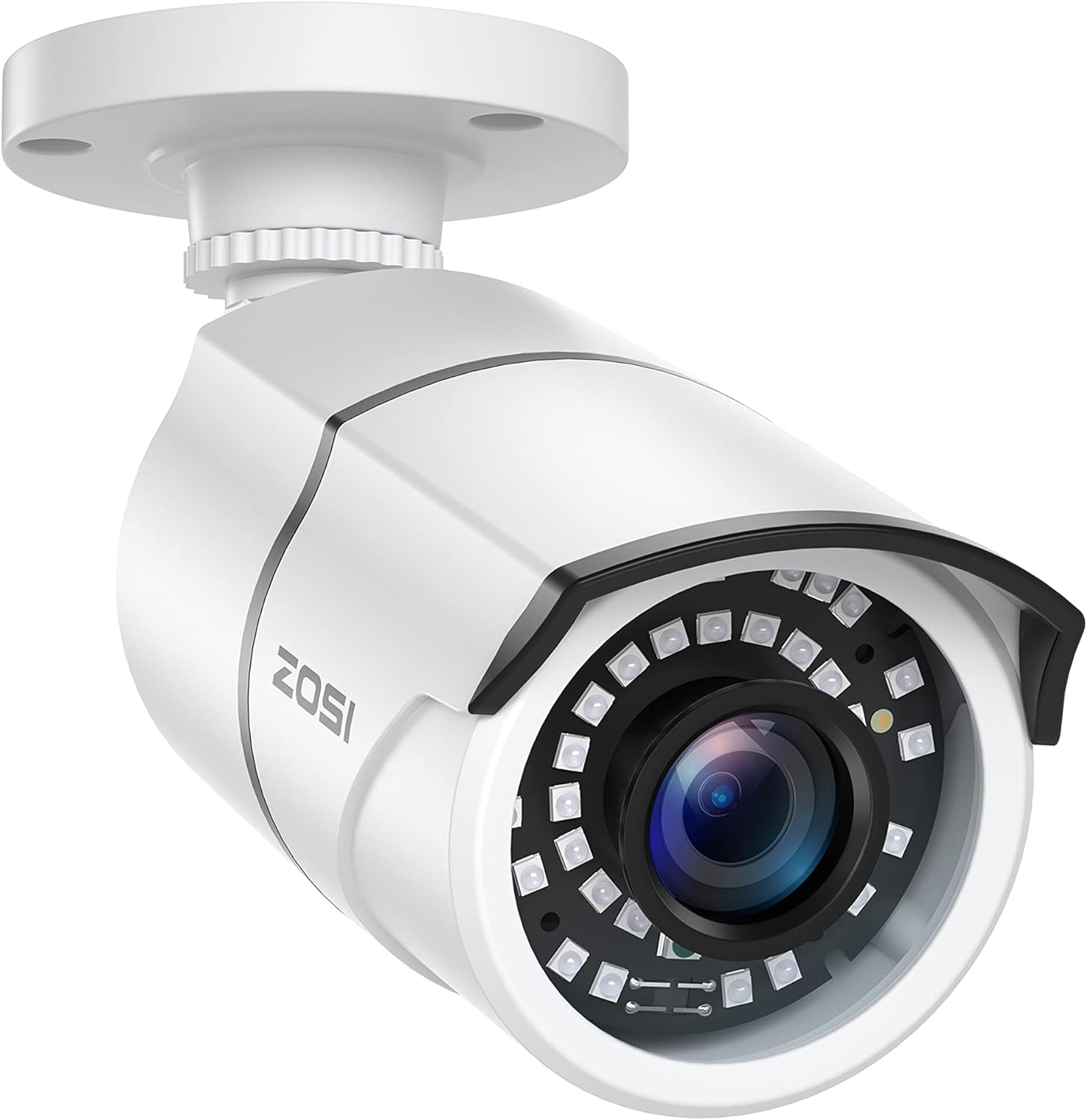
3. PTZ Cameras: Capture Dynamic Scenes & Track Moving Objects
Designed to cover expansive areas, Pan-Tilt-Zoom (PTZ) cameras enable operators to remotely adjust their position, angle, and focal length. This versatility allows PTZ cameras to monitor activity across vast landscapes such as parking lots, sports arenas, and industrial facilities. Additional functionalities may encompass advanced video analytics software capable of identifying suspicious behavior patterns and initiating automated alerts. Moreover, some models incorporate motion tracking algorithms to facilitate seamless object identification and target following.
4. Wireless Cameras: Flexibility Without Extensive Wiring
Among different security camera types, wireless cameras float effortlessly along digital airwaves, transmitting vital information back to base stations sans cumbersome cables. Deployment becomes child’s play, sidestepping laborious conduit runs and drilling sessions, rendering wireless cameras an attractive option among multiple security camera types. Yet, caution dictates factoring potential radio frequency obstacles and cybersecurity threats into planning stages when considering wireless types of security cameras.
5. Indoor Cameras: Blend Seamlessly Into Home or Office Décor
Engineered exclusively for domestic harmony, indoor cameras harmoniously merge with surrounding décor, blending elegantly into everyday life among varied security camera types. Spanning miniature cuboids to artfully disguised wall fixtures, these discrete defenders keep watch undetectably, preserving aesthetic continuity whilst ensuring utmost tranquility, highlighting their value proposition within indoor security camera types.
6. Outdoor Cameras: Reliable Performance in Harsh Environments
Built to endure inclement weather conditions and maintain operational integrity despite environmental stressors, outdoor cameras constitute essential components within robust surveillance ecosystems. Employing sturdy materials and reinforced casings, exterior cameras safeguard sensitive internal electronics against moisture ingress, dust accumulation, and extreme temperature fluctuations. Additionally, supplementary features such as infrared illumination, wide-angle lenses, and adaptive resolution settings bolster overall resilience and utility.
7. Thermal Cameras: Detect Heat Signatures for Low-Light Conditions
Leveraging cutting-edge thermal imaging technologies, these specialized cameras discern heat emitted by objects and individuals instead of relying solely upon visible light spectrum analysis. Accordingly, thermal cameras deliver exceptional situational awareness even amidst total darkness, smoke-filled environments, or camouflaged targets. Applicable scenarios span border patrol operations, wildfire management, maritime search and rescue missions, and covert military intelligence gathering activities.
8. Selecting the Right Camera System: Choosing Based on Specific Needs & Environments
With countless alternatives available, pinpointing the ideal security camera configuration necessitates careful deliberation concerning intended usage, budgetary constraints, and desired feature sets. When evaluating candidates, bear in mind factors such as resolution, frame rate, storage capacity, remote accessibility, integration possibilities, scalability, and vendor support services. Consulting experienced professionals can streamline decision-making processes and yield optimized solutions aligned with project goals.
9. Popular Brands in the Industry: Trusted Providers Delivering High-Quality Products & Services
Numerous companies specialize in manufacturing top-notch security cameras catering to diverse market segments. Among those leading the charge are Hikvision, Dahua, Avigilon, Hanwha Techwin, Axis Communications, FLIR Systems, Bosch Security Systems, Pelco, and Panasonic iPro. Reputable providers typically furnish extensive product portfolios accompanied by warranties, technical assistance resources, and ongoing firmware updates aimed at maintaining peak performance levels throughout the entire lifecycle.
10. Real-World Examples: Effectiveness Illustrated Through Practical Applications
Security cameras play pivotal roles in thwarting criminal acts, apprehending perpetrators, deterring unwanted behaviors, and documenting critical events. For instance, police departments routinely rely on CCTV recordings to investigate crimes ranging from thefts and burglaries to homicides and sexual assaults. Similarly, businesses leverage surveillance feeds to identify shoplifters, prevent employee misconduct, and enhance loss prevention strategies. Public venues employ sophisticated camera networks to manage crowd dynamics, mitigate safety risks, and respond promptly to emergencies.
11. Conclusion: Maximizing Benefits While Mitigating Risks Associated With Security Cameras
Implementing effective surveillance measures requires striking an equitable balance between privacy concerns, legal obligations, ethical responsibilities, and technological advancements. Properly deployed security cameras serve as deterrents against malfeasance, contribute to swifter incident resolution, and promote overall community wellbeing. Simultaneously, responsible stakeholders must remain vigilant against potential abuses, infringements, and vulnerabilities inherent within complex socio-technological constructs.
12. FAQs:
Q1. What distinguishes dome cameras from bullet ones among security camera types?
A: Domes generally offer wider angles and subtle appearances, whereas bullets excel in precise focusing and adverse weather resistance among security camera types.
Q2. Can I view my security cameras remotely through smartphones or computers?
A: Yes, many contemporary systems support remote access via dedicated apps or web interfaces, enabling users to monitor live streams and review recorded clips regardless of geographical proximity.
Q3. Are there laws governing where I can place security cameras?
A: Regulations vary significantly depending on jurisdiction, so consulting local authorities and legal experts is advisable prior to installing any device susceptible to invasion of privacy allegations.
Q4. What happens if someone tampers with or destroys my security cameras?
A: Damage resulting from intentional tampering, vandalism, or natural disasters might trigger warranty provisions, though replacement expenses could still fall upon property owners. Insurance policies sometimes cover such incidents, contingent upon policy terms and conditions.
Q5. Do I need professional installation for my security cameras?
A: Although DIY kits proliferate online markets, engaging licensed technicians ensures proper alignment, calibration, testing, and troubleshooting, ultimately minimizing post-installation headaches and maximizing return on investment.
